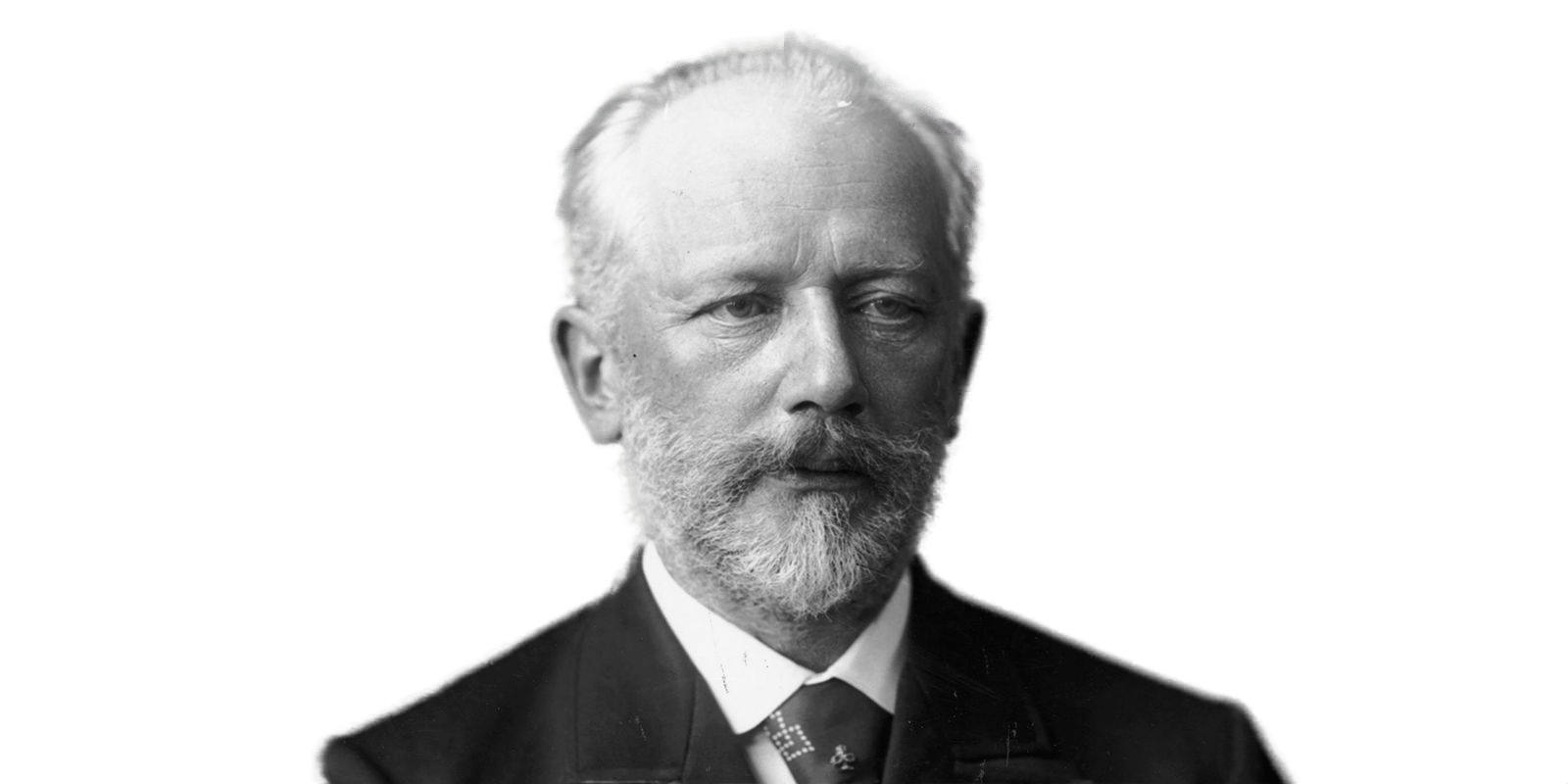
11.12.2022
Both old and young, even in this age of gadgets and techno music, have heard the name of Pyotr Tchaikovsky, a true genius of domestic opera.
In his 53 years, he left a legacy of more than 80 beautiful melodies, including 10 operas and three ballets known throughout the world.
Did you know that for the sake of his vocation and talent Pyotr Ilyich once left his job at the Ministry of Justice? Neither high ranks, nor ranks and respectable royalties attracted him, as his soul sought its reflection in the music.
The future composer’s family failed to understand his act, for at that time only a madman could refuse to practice law to make music. And how wonderful that Tchaikovsky nevertheless took this desperate step, making the most important choice of his life.
And today we recall his works with goosebumps and sometimes tears in our eyes. Let’s get acquainted with the story and our list of Tchaikovsky’s 10 most famous compositions.
10. Iolanta. This opera was the last in the composer’s career, so it can be considered a real hymn to life. The work tells the story of the young queen, “Iolanta,” who does not even know she is blind, as no one in the palace tells her the brutal truth. A Mauritanian doctor tells the girl that an epiphany is possible if she wants it badly. And somehow a knight accidentally wanders into the palace and confesses his love for the heroine. He asks the girl for a red rose as a keepsake, but she gives him a white one, thus showing his vice to the lover. But the knight sings a beautiful hymn to life and light, full of love, angering the king. Iolanta longs to protect her beloved from death and tries to see clearly – and a miracle occurs. The happy father blesses the queen for marriage to the knight, who together celebrate light and life.
9. The Queen of Spades. “The Queen of Spades” – Tchaikovsky wrote this opera to commission for the administration of the Imperial Theatre, whose representatives approached him in 1887. The plot was suggested by the screenwriter Ivan Vsevolozhsky, who in turn borrowed it from a story by Alexander Pushkin. Initially, the composer refused to undertake this commission, as he did not see sufficient stage presence in the text. Two years later, however, he changed his mind and enthusiastically began to write beautiful opera music.
8. Eugene Onegin. And order for the famous opera “Eugene Onegin” Peter Ilyich received from the famous singer Elizaveta Lavrovskaya in the spring of 1877. The woman wanted a musical realization of Pushkin’s plot. Tchaikovsky, who deeply respected the legacy of Alexander Sergeyevich, was fully engaged in the work and created the melody all night long.
7. Children’s Album. The famous collection of works, The Children’s Album, contains 24 easy-to-follow piano pieces that are ideal for introducing children to the world of music. It took the composer three months to create the album in 1878. Tchaikovsky dedicated his work to his nephew Volodya Davydov.
6. the Nutcracker. The beautiful ballet The Nutcracker has reverberated throughout the international music community and will probably never tire of its thunder. The combination of E. Theodor’s beautiful idea and phrasing with Tchaikovsky’s divine music makes this ballet a crowning glory of the cultural heritage of recent ages.
5. The Snow Maiden. The composer respected the work of Russian poets and prose writers, so he was delighted to begin writing the melody “The Snow Maiden” for the play, staged on the basis of Ostrovsky’s work.
4. Slavic March. The composer was commissioned to write the powerful historical work “Slavonic March” from the directorate of the Russian Musical Society. The latter wanted to dedicate the melody to the battle of the Slavic peoples in the Balkan region against the Ottoman enemy (events of the Russo-Turkish War).
3. swan lake. It was Tchaikovsky who was entrusted with working on the iconic ballet Swan Lake, which has not lost its relevance to this day. The plot of the tune traces folk motifs, including touches of German folklore. Thus the story is about Princess Odette, who was turned into a white swan by an evil sorcerer. It is believed that the composer wrote the melody after a trip to an alpine lake in the region of Füssen. It is noteworthy that the score of the play, as well as its libretto, has undergone changes since 1877.
2. Sleeping Beauty. Once upon a time, the composer Herold tried to set the plot of the brilliant Charles Perrault to music. But after the sensational premiere of Perrault’s version in collaboration with Marius Petip, The Sleeping Beauty was recognized as the best and made its way into the ranking of the most iconic masterpieces of world ballet art.
1. Seasons. It is known that the world composer A. Vivaldi worked on a similar idea in his time. However, Pyotr Ilyich decided to add a highlight to his cycle of “The Seasons”, dividing it not into four universally recognized seasons, but into twelve months. Each of them had a personally selected epigraph from classical poetry.




